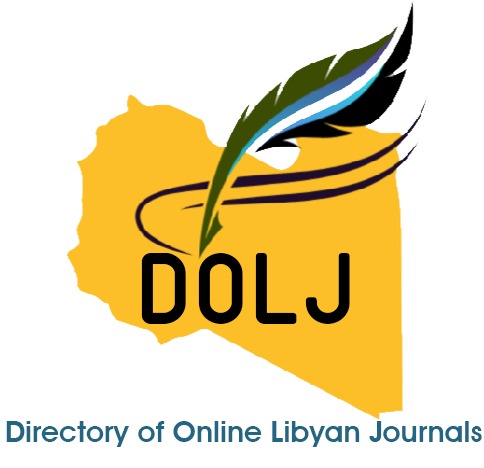Management of foreign body ingestion and food impaction: A case series
DOI:
https://doi.org/10.37376/sjuob.v35i1.3266Keywords:
endoscopy, food impaction, foreign body, gastrointestinal.Abstract
Background: Foreign body ingestion, and food impaction, in adults are common emergency department problems. Endoscopic intervention is required for potential therapy to minimize the risk of complications
Aim: To describe the endoscopic findings and interventions for patients with a history of unintentional foreign body ingestion, and food impaction, referred to the adult gastrointestinal endoscopy service.
Methods: Endoscopy reports for all patients referred to adult gastrointestinal service with a history of non-intentional foreign body ingestion, or food impaction were retrieved from the electronic records in the Endoscopy Department at the Benghazi Medical Center, from March 2010 to December 2019, using relevant keywords.
Results: A total of 20 patients (7 males and 13 females), were referred to the adult endoscopy service with a history of either food impaction or non-intentional foreign body ingestion, during the period from March 2010 to December 2019.
Eleven patients had a history of foreign body ingestion, with a foreign body identified and removed in 6 (54.5%) patients.
Nine patients presented with a history of food impaction, while a food bolus was identified and managed in 7 (77.7%) of them.
The most common type of impacted food in the study series was a piece of meat stuck in the esophagus (4 patients). In three patients, the piece was removed and in the fourth, it was pushed into the stomach.
Conclusions:The number of referred cases to our Endoscopy Department is relatively small. In more than half of the patients, foreign body or food bolus or material could be identified, and in all of them, endoscopic management was successful with no reported complications.
Downloads
Downloads
Published
How to Cite
Issue
Section
License
Copyright (c) 2022 The Scientific Journal of University of Benghazi

This work is licensed under a Creative Commons Attribution-NonCommercial-NoDerivatives 4.0 International License.



















